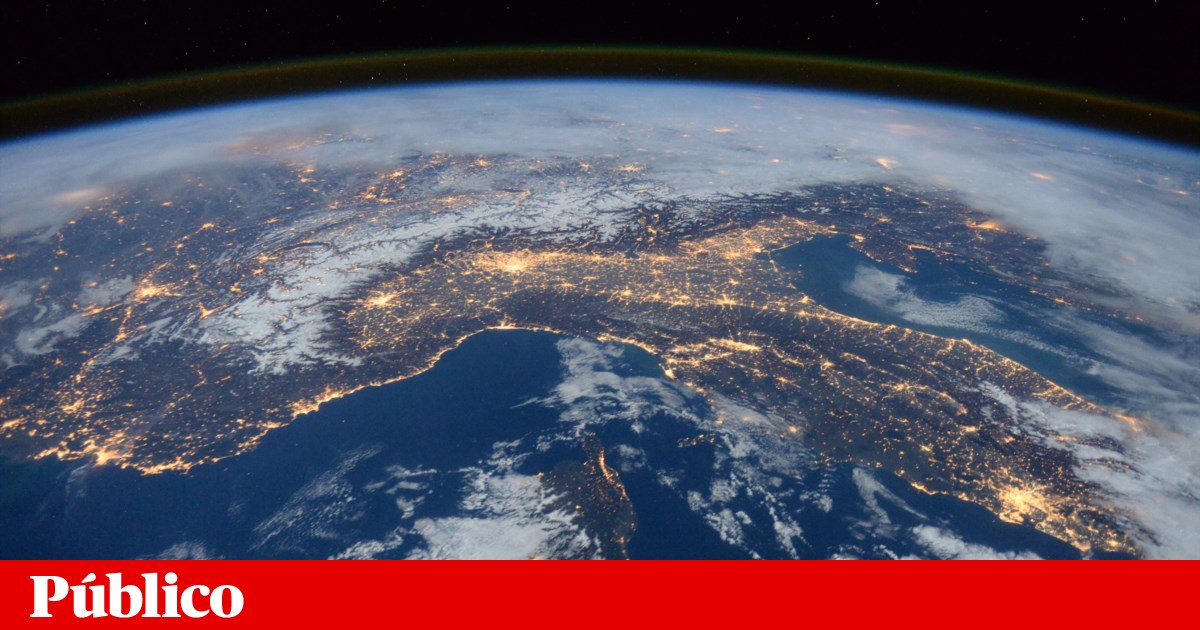Neuraspace has created a tool that allows it to accurately detect the risk of collisions with space debris to the nearly 300 satellites it monitors daily, one of its managers revealed on Friday.
“Our platform currently monitors about 300 satellites from some of the major operators on the market. This tool makes it possible to accurately detect space debris, predict collisions and suggest evasion maneuvers,” said Carlos Cerqueira, Business Development Director of the Coimbra-based company.
Speaking to Lusa, the director of Neuraspace explained that Programming Created about a year ago, it collects as much data as possible and combines AI and AI Machine learningThis allows a higher degree of accuracy compared to traditional methods.
“Basically, we monitor objects around the satellites, identify collision risks, and issue alerts depending on their severity. This tool allows the operator to focus only on high-risk situations and make decisions safely,” he added.
Some maneuvering proposals are available to operators, which also take into account the fact that the proposed orbit does not put the satellite on a collision course with another object.
According to Carlos Cerqueira, the degree of accuracy of this instrument allows satellite operators not to perform unnecessary maneuvers, and avoid major losses.
“Not only because the satellite's fuel is limited, but also because while performing an evasion maneuver, the service provided by the satellite is interrupted. We are increasingly dependent, in a good way, on these services.” He also told Lusa that the company Neurospace, founded by Nuno Sebastião in 2020, created to help combat the dangers of space debris.
“In 1957, we had one satellite in space, which was Sputnik, and today we have about eight thousand satellites, and in 2030, it is expected that there will be about 100 thousand satellites or more. He pointed out that the satellites launched to Space is not all active and there has not always been the idea of a circular economy in space as there is today.
Like a cannon in space
Space debris moves at a speed of about 25,000 kilometers per hour, with more than 36,000 objects larger than ten centimeters in space, one million objects ranging in size from 1 to 10 centimetres, and 130 million objects less than one centimeter in size.
“Any small piece of garbage, even if it is less than ten centimeters in size, is like a real cannonball and can completely destroy assets. These objects in space pose a threat to commercial and scientific operations, in the sense that they damage satellites, but also From the point of view of humanity's sustainability.
According to Neuraspace's business development manager, when a ten-centimeter object collides with a satellite, another hundred pieces of debris cause damage and generate an “exponential effect.” “This may lead to the Earth being covered, at some point, with a crust of metallic objects, blocking access to space. He concluded that humanity would be trapped on Earth forever, without the possibility of space travel, referring to the discovery of the American astronomer Kessler.
Neurospace, headquartered at the Instituto Pedro Nunes (IPN) in Coimbra, consists of a team of 26 members. The satellite operators it works with include Geosat, Dragonfly and the European Space Agency. Coimbra leads one of the mobilization agendas of the Plan for Recovery and Resilience (PRR), the Artificial Intelligence project to combat space debris, with a budget of 25 million euros, which has allowed this growth and acquisition of space surveillance infrastructure. debris.

“Coffee trailblazer. Social media ninja. Unapologetic web guru. Friendly music fan. Alcohol fanatic.”

